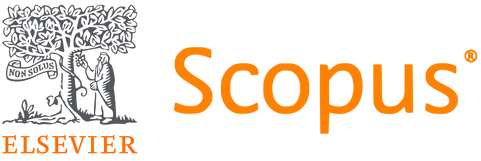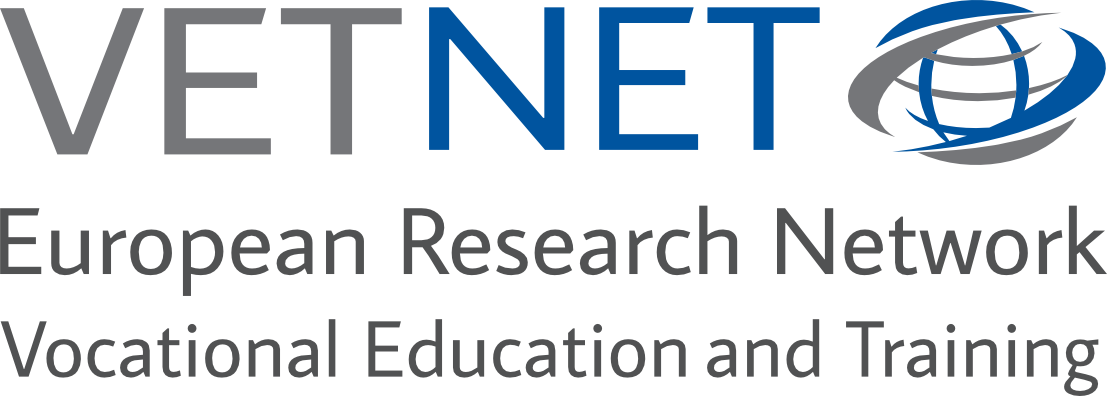Could Vocational Education Benefit From Augmented Reality and Hypervideo Technologies? An Exploratory Interview Study
DOI:
https://doi.org/10.13152/IJRVET.10.2.1Keywords:
Augmented Reality, Hypervideo, Dual VET, Semi-Structured Interview, Qualitative Analysis, VET, Vocational Education and TrainingAbstract
Context: This study investigates the perspective of vocational educators on the possibility of adopting augmented reality (AR) and hypervideo (HV) technologies to support their teaching practice. Vocational education and training (VET) is particularly concerned with the learning of resources (knowledge, skills and attitudes) that are immediately transposable into conduct and procedures in the workplace. AR and HV can provide means to answer this requirement, but both technological solutions are still not so diffused in VET. The purpose of this study is to inquire into the perception of educators on the main advantages and disadvantages of using AR and HV to support teaching-and-learning.
Methods: A semi-structured interview protocol has been proposed to 73 teachers, intercompany trainers and in-company trainers in 10 professions (at least two per category within each profession). The interview was organized in two main steps: A need analysis, in which the most important and difficult operative skills are identified for the interviewee's profession; and a discussion of advantages and disadvantages of AR and HV. Content analysis was applied to the interview transcriptions.
Results: The results show that the main advantages reported in the literature for the two technologies – such as the ability to switch between 2D and 3D and carry out simulations – are also found in the VET context by educators. For HV the main technical advantages (such as the use of active points, and non-linear navigation of video content) were autonomously recognised, while the potential of the instrument to support reflection has not been clearly identified.
Conclusions: AR and HV are considered as tools able to support apprentices' procedural learning especially with regard to the operational skills which were judged by the educators to be most relevant for VET.
Downloads
Online First / Final Publication Date
How to Cite
Issue
Section
URN
License
Copyright (c) 2023 Vito Candido, Patric Raemy, Francesca Amenduni, Alberto Cattaneo

This work is licensed under a Creative Commons Attribution-ShareAlike 4.0 International License.





